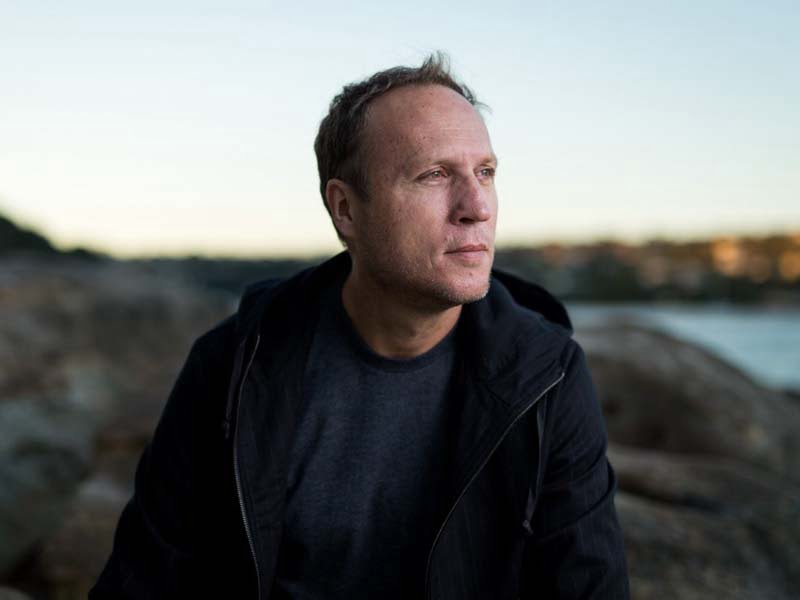More than 300 early-stage startups shared in about $300 million in investments from angel investors in what the government says underscores the effectiveness of its angel investor tax incentives.
But the statistics just released from the Australian Taxation Office do not provide any insight into how many investments were made because of the new tax breaks, and there are growing calls from the startup community for a comprehensive review of the scheme.
Based on tax return data from the 2016-17 financial year, the ATO data shows that a total of around $300 million was invested in about 340 early-stage innovation companies by about 3400 angel investors.

The $100 million angel investor tax incentives – a 20 per cent tax offset on investment capped at $200,000 per investor and a 10-year capital gains tax exemption – were announced as part of the federal government’s $1 billion National Innovation and Science Agenda in late 2015.
The incentives were passed by Parliament in May 2016 and came into effect in July that year.
This is the first data released by the government about the scheme, and assistant innovation minister Zed Seselja said it demonstrated that the incentives had been successful in fostering more investment.
“Around 340 companies across Australia have benefitted from the Coalition government’s angel tax incentives measure under NISA,” Senator Seselja said.
“This measure supports the government’s plan to create jobs and promote economic growth, to ensure Australia’s prosperity into the future.”
The incentives were forecast to cost $106 million up to 2020, and these latest statistics are likely to inform the upcoming federal budget in May. It’s unclear whether the figures released by the ATO are in line with the department’s predictions, which haven’t been revealed.
While the incentives were aimed at all startups, Treasurer Scott Morrison pointed to their impact on FinTech startups specifically.
“It’s great to see so many companies and investors taking advantage of these new measures which support investment, job creation and higher wages,” Mr Morrison said.
“This incentive for angel investors compliments the Turnbull government’s broader FinTech agenda which includes open banking and the development of an enhanced regulatory sandbox for new and innovative FinTech products and services.”
While the government has said the new figures demonstrate the success of the tax breaks scheme, Australian angel investor Alan Jones said the statistics do not show how many new investment were made specifically because of the tax incentives.
“I don’t think it’s possible to tell what percentage of the total new investment committed would have been made anyway without the tax incentive. That’s a shame – I’d like to know that these measures are successful at attracting new investment and new investors,” Mr Jones told InnovationAus.com.
Advocacy group StartupAus has previously been critical of the government for not releasing any statistics on the tax breaks for more than 18 months after they came into effect.
StartupAus chief executive Alex McCauley said the lack of information threatened to ruin what should be a “game-changing” program.
Mr Jones said the Australian government should undertake a comprehensive study to determine the actual effectiveness of the tax incentives and whether they need to be extended.
“It ought to be possible to commission someone to do a research study, to reach out to some ESVCLPs and funded startups to connect to LPs and investors, and establish from a reasonable sample group what percentage were making their first direct or fund investment in tech,” he said.
“I think we need to show that it’s working as an incentive, not just rewarding investors who were into the sector already. I would like to see it proven then we could start lobbying to increase the incentives closer to those offered in the UK.”
By the ATO’s figures, the average amount invested by angel investors in these early-stage innovation companies is nearly $900,000.
This is a large amount of a seed round, and Mr Jones said it typifies a general drift of successful Australian venture capitalists towards more later-stage investments.
“As Australian super funds are beginning to drop serious money into successful VCs, that naturally drags those VCs towards later stage deals.”
“All of those funds are going to tell you they still do seed round cheques but in reality I think those are probably in the minority, both in terms of the volume of deals they do now and the percentage of capital committed,” Mr Jones said.
He said that these seed rounds can also take up to a year to finalise as the process is “broken”. Mr Jones is also the founder of new VC offering M8 Ventures, which he said will be working to fix this problem.
“We’re raising for M8 Ventures right now to address the growing funding gap at the pre-seed and seed stages.
“We’re going to use our product and technical experience to make small, fast investments in great products and the teams who are building them,” he said.
“We’re really looking forward to putting a big dent in the early-stage venture funding gap in Australia.”
Do you know more? Contact James Riley via Email.

